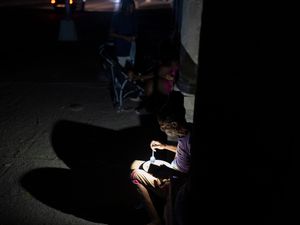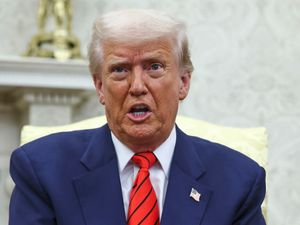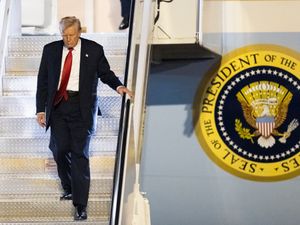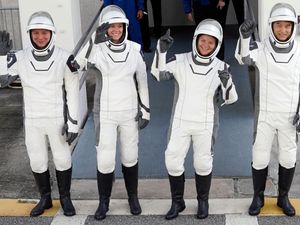WHO team visits second Wuhan hospital that had early Covid-19 patients
Scientists plan to visit hospitals and markets like the Huanan Seafood Market that was linked to many of the first cases.
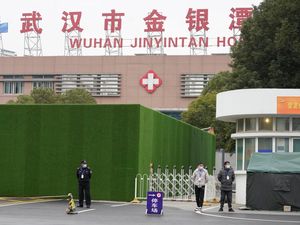
A World Health Organisation (WHO) team investigating the origins of the coronavirus pandemic have visited a second Wuhan hospital that had treated early Covid-19 patients.
Jinyantan Hospital was one of the city’s first to deal with patients in early 2020 suffering from a then-unknown virus and is a key part of the epidemiological history of the disease.
The team’s first face-to-face meetings with Chinese scientists took place on Friday, before the experts who specialise in animal health, virology, food safety and epidemiology visited another early site of the outbreak, the Hubei Integrated Chinese and Western Medicine Hospital.
The Geneva-based WHO said late on Thursday on Twitter that its team plans to visit hospitals, markets like the Huanan Seafood Market that was linked to many of the first cases, the Wuhan Institute of Virology, and laboratories at facilities including the Wuhan Centre for Disease Control.
“All hypotheses are on the table as the team follows the science in their work to understand the origins of the Covid-19 virus,” WHO tweeted.
It said the team had already requested “detailed underlying data” and planned to speak with early responders and some of the first patients.
The mission has become politically charged, as China seeks to avoid blame for alleged missteps in its early response to the outbreak.

A single visit by scientists is unlikely to confirm the origins of the virus.
Pinning down an outbreak’s animal reservoir is typically an exhaustive endeavour that takes years of research including taking animal samples, genetic analysis and epidemiological studies.
One possibility is that a wildlife poacher might have passed the virus to traders who carried it to Wuhan.
The Chinese government has promoted theories, with little evidence, that the outbreak might have started with imports of frozen seafood tainted with the virus, a notion roundly rejected by international scientists and agencies.
A possible focus for investigators is the Wuhan Institute of Virology, which built an archive of genetic information about bat coronaviruses after the 2003 outbreak of SARS, or severe acute respiratory syndrome.

